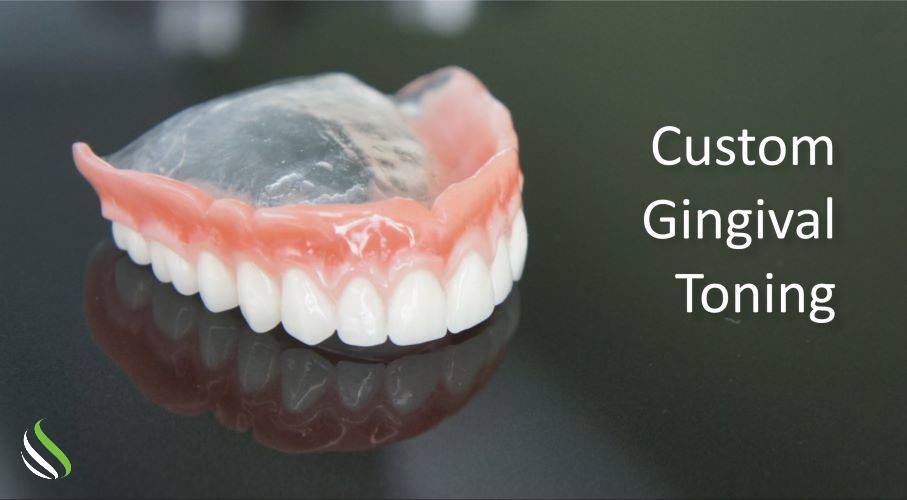

Periodontitis can cause your teeth to loosen or fall out. Periodontal disease is an infection of the gums, jawbone, and supportive tissues that connect your teeth and gums. Periodontal disease (periodontitis) can occur when gingivitis becomes advanced.

But plaque may stay on your gum line, if you don’t brush and floss properly. Plaque refers to the debris and bacteria that stick to your teeth.īrushing your teeth removes plaque and can prevent you from developing cavities (dental caries). Most people develop gingivitis when plaque stays on gum lines too long. Gingivitis (inflammation of the gums) and periodontitis make your gums sensitive and prone to bleeding. They are gentle on hard tooth tissue and dental restorations and cause less gingival abrasion than metal interdental brushes. Finally, the flexible filaments of GUM SOFT-PICKS and GUM SOFT-PICKS ADVANCED both gently stimulate and micro-massage the gums for a pleasant sensation in addition to optimal gingival cleaning.Dental conditions that can cause bleeding gumsĭental care issues are the primary cause of bleeding gums. Rubber interdental cleaners come in different sizes to ensure that each individual interdental space is cleaned as effectively as possible. They are also convenient and easy to use on the go or during the day. They have proven to be very effective to help patients adopt interdental cleaning. Rubber interdental cleaners - such as the GUM SOFT-PICKS - offer a metal-free easy to use alternative to "classic" interdental brushes. These studies have shown that patients prefer interdental brushes compared with floss, and that they find the latest generation of metal-free rubber interdental cleaners even easier to use than brushes. This concurs with the result of an earlier study which found that compliance with the metal-free rubber interdental cleaner is even higher than with a classic interdental brush - with the same cleaning performance. To date, several randomized controlled studies have evaluated patient acceptance with floss, interdental brushes and rubber interdental cleaners. Studies demonstrate that less demanding methods of interdental cleaning are associated with increased compliance and thus improve patient outcomes. Ease of use drives compliance and favours positive outcomes To specifically address individual needs, GUM SOFT-PICKS ADVANCED come in small, regular and large sizes. Their elastic bristles enable the cleaning of root concavities that dental floss cannot reach.Īdditionally, rubber interdental cleaners with a conically shaped cleaning area ( GUM SOFT-PICKS ADVANCED) enable effective cleaning even with non-uniform interdental spaces - which means that implants, bridges or orthodontic devices can also be properly cleaned. They easily and thoroughly clean spaces of different sizes, including wide interdental spaces. Rubber interdental cleaners have been shown to be equally effective as interdental brushes in the reduction of interdental plaque, gum inflammation and bleeding.

Recent studies have also highlighted the benefits of latest generation metal-free rubber interdental cleaners such as GUM® SOFT-PICKS®. Interdental brushes have been shown to be superior to floss in interdental plaque index scores, in the reduction in gingival inflammation, and have been associated with a significantly reduced rate of gingivitis compared to floss. Its efficacy is reduced if an incorrect technique is used and patient compliance with flossing is low. High quality flossing is difficult to achieve. Flossing can be effective, but studies have shown that it is a technically challenging task. Latest generation products improve outcomesįlossing is the most well-known method for cleaning in between teeth. In fact, studies of patient adherence to recommended regiments show that approximately 30-60% of health information is forgotten within 1 hour, and that 50% of health recommendations are not followed. Regrettably, compliance with a daily oral hygiene routine at home is one of the greatest issues in dental care as patients often do not follow recommendations from healthcare providers.


 0 kommentar(er)
0 kommentar(er)
